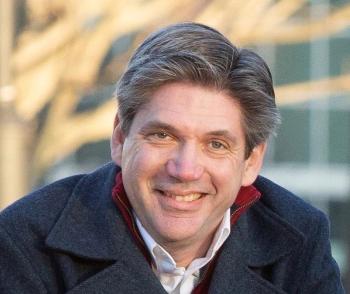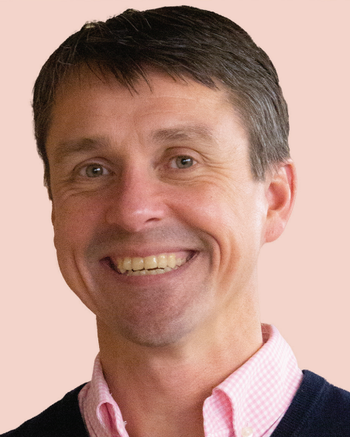
News & Trends
Joint Commission on Accreditation of Healthcare Organizations (JCAHO) patient safety goals, early-stage cancer survivors at work, Centers for Medicare and Medicaid Services (CMS) 2001 Health Spending Report
NEWS & TRENDS
SIMPLER GOALS FOR PATIENT SAFETY
A new set of National Patient Safety Goals from the Joint Commission on Accreditation of Healthcare Organizations are noteworthy for their low-tech nature. JCAHO wants accredited health care organizations to take 11 specific actions that could greatly reduce the number of devastating medical errors in the U.S. None requires major investment in new equipment. They include:
- Ensuring medicines are given to the right patient. Simply using a room number to identify a patient is not sufficient.
- Reading back medical orders given over the phone.
- Standardizing abbreviations or symbols used in providing care.
- Removing specific concentrated medications from patient care units that can be deadly if administered accidentally.
- Marking the site where surgery is to be performed (e.g., the left foot), and involving the patient in the process.
- Testing clinical alarm systems to make sure they can be heard at a distance and over background noise.
- Assuring that all intravenous infusion pumps have "free-flow" protection, which reduces the risk that patients will inadvertently receive overdoses.
Generic drug use hit an all-time high in 2002 with a market share of 45.2 percent, up from 42.1 percent in 2001, according to an annual report from Express Scripts. The introduction of generic equivalents to several high-profile prescription drugs helped spur the increase.
CANCER SURVIVORS DON'T JUST SURVIVE . . .
They go back to work. According to a recent pilot study, the majority of workers were still employed five to seven years after being diagnosed with early-stage cancer. More than half needed at least some time away from work while undergoing treatment, but their employers were quite accommodating in terms of reducing schedules and dealing with the absenteeism.
Two thirds of those who were working when first diagnosed were employed five to seven years later many of them working more than 40 hour work-weeks with relatively high earnings. Among those who stopped working, 54 percent did so because they retired. And while 55 percent reduced their work schedule during treatment, 86 percent eventually returned to their former schedules.
Nine out of 10 Americans consider affordable health care a top priority for Congress and the President, according to a recent Kaiser health poll. Meanwhile, the Employee Benefit Research Institute predicts that 46 million Americans under 65 will be uninsured by 2005 if current trends continue. That would be 18 percent of the population.
FINAL TALLY FOR 2001 HEALTH SPENDING
Spending for health care in the U.S. rose 8.7 percent to reach $1.4 trillion in 2001, according to the annual report by the Centers for Medicare and Medicaid Services. The biggest factor, accounting for 30 percent of the $115 billion increase, was an 8.3 percent rise in hospital spending. That was the most significant increase for the sector since 1992 and brought the total up to $451 billion.
Prescription drug spending grew faster than any other category. The 15.7 percent increase was down from 16.4 percent in 2000 and 19.7 percent in 1999, and the cooling trend is expected to continue. At $140.6 billion, medications accounted for 10% of total spending.
Public spending increased 9.4 percent in 2001 and paid for 45 percent of care nationwide. That marks the second consecutive year in which public sector growth surpassed that of private spending, despite the fact that doctors and hospitals have been criticizing low payments and MCOs are pulling out of Medicare+Choice.
Medicaid spending increased 10.8 percent to a total of $224.3 billion, marking the fastest growth rate since 1993. Rapidly growing Medicaid expenditures (which now take up an average 20 percent of state budgets) and the current recession helped cause major deficits for state governments in 2001. A few states were also hit by reductions in the Medicaid Federal Medical Assistance Percentage, which were calculated using data from a stronger economic period. To date, the Administration has not offered any relief to the states.
Thirty-eight percent of people with emphysema continue to smoke, along with roughly 25 percent who suffer from asthma, reports the Agency for Healthcare Research and Quality. Same goes for 20 percent with high blood pressure or heart problems, and 18.5 percent with diabetes. While more than 60 percent of them were told to stop by a doctor in the past year, they continue to light up.
News & Trends.
Business and Health
2003;1.
Newsletter
Get the latest industry news, event updates, and more from Managed healthcare Executive.






















































